Video: Bat’s Tongue Baffles Researchers
Video: Bat’s tongue baffles researchers
by Hanae Armitage
Most nectar-feeding animals evolve special quirks (mainly of the tongue) that optimize their eating habits.
But for the groove-tongued bat (Lonchophylla robusta), evolution has dealt a bit of a strange hand. Instead of lapping up or siphoning liquid as other mammals do, this bat hovers over its food source and dips its long, slender tongue into the nectar, keeping contact the entire time it drinks.
Researchers filmed the bat with a high-speed video camera to try to decipher the special tongue mechanism, and watched as the fluid flowed upward along the bat’s tongue, against gravity, and into its mouth.
Today, researchers report in Science Advances that the conveyor belt–like mechanism may actually allow these bats to feed more efficiently from certain types of flowers…
(read more: Science/AAAS)
More Posts from Smartler and Others

(photo by Fallska)
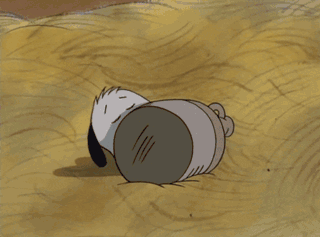
Rough night? Here’s a GIF of Charlie Brown coming across Snoopy for the first time
funny tumblr [via imgur]
Chasing Storms at 17,500mph
Flying 250 miles above the Earth aboard the International Space Station has given me the unique vantage point from which to view our planet. Spending a year in space has given me the unique opportunity to see a wide range of spectacular storm systems in space and on Earth.
The recent blizzard was remarkably visible from space. I took several photos of the first big storm system on Earth of year 2016 as it moved across the East Coast, Chicago and Washington D.C. Since my time here on the space station began in March 2015, I’ve been able to capture an array of storms on Earth and in space, ranging from hurricanes and dust storms to solar storms and most recently a rare thunder snowstorm.
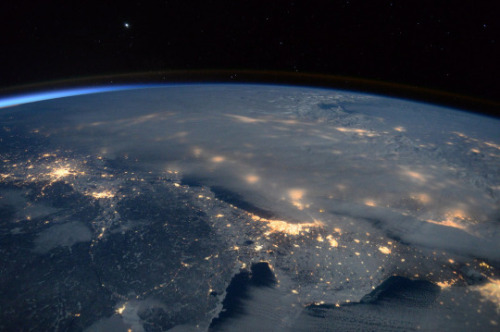
Blizzard 2016
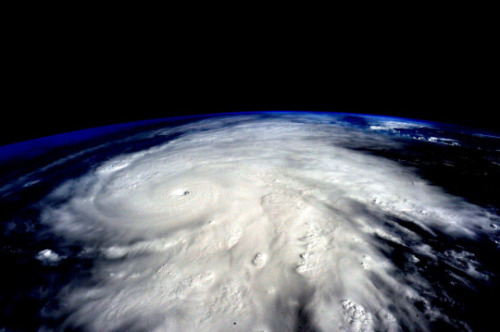
Hurricane Patricia 2015
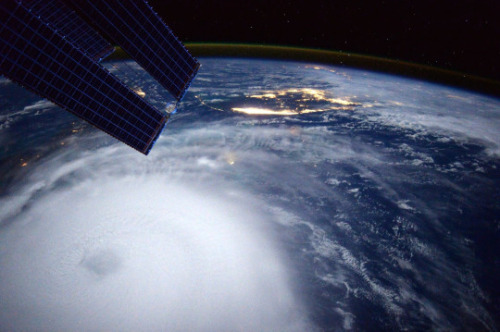
Hurricane Joaquin 2015
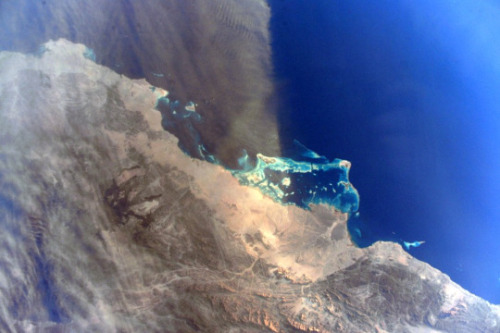
Dust Storm in the Red Sea 2015

Dust Storm of Gobi Desert 2015
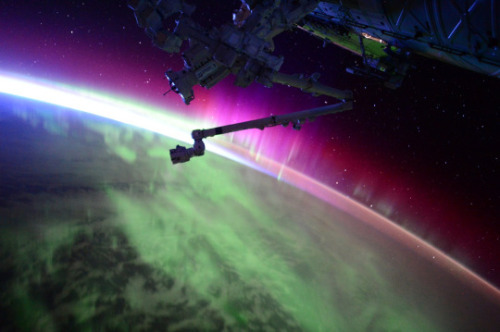
Aurora Solar Storm 2015
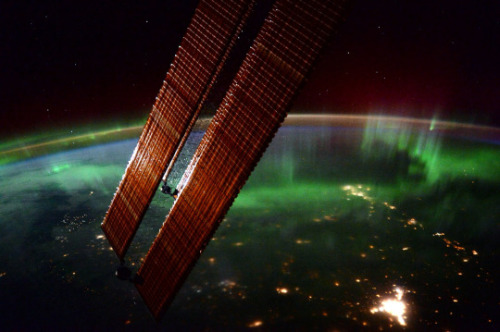
Aurora Solar Storm 2016
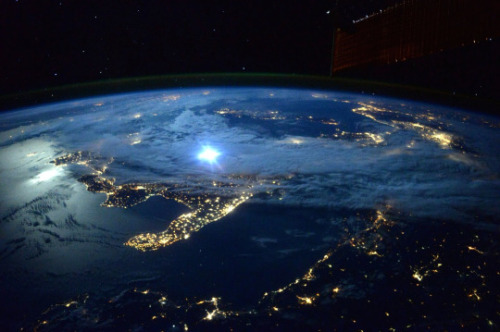
Thunderstorm over Italy 2015
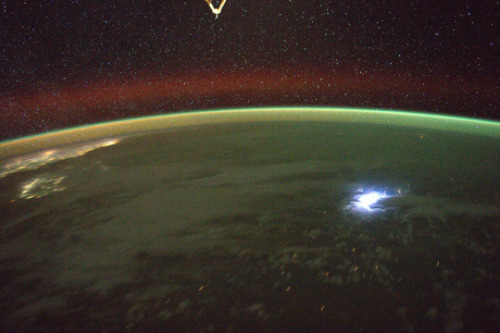
Lightning and Aurora 2016
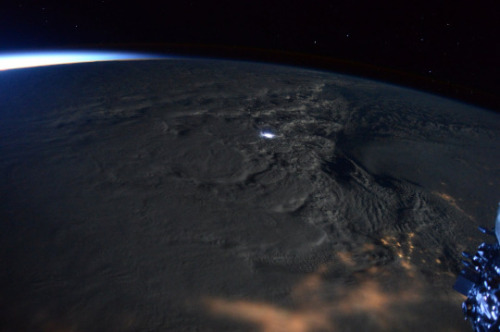
Rare Thunder Snowstorm 2016
Follow my Year In Space on Twitter, Facebook and Instagram.
What are some of your favorite science segments from the Tonight Show?
Hey, @luminarysiralexrluma!
We <3 science here at The Tonight Show!
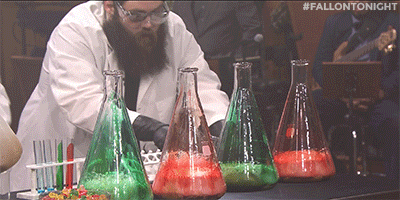
Kevin Delaney has shown us how to make toothpaste for elephants!
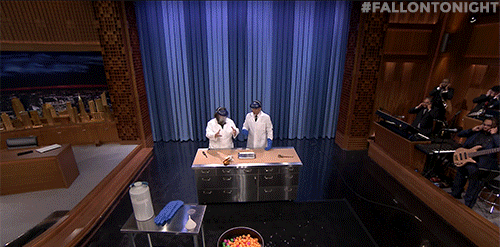
We’ve made ping-pong balls fly.
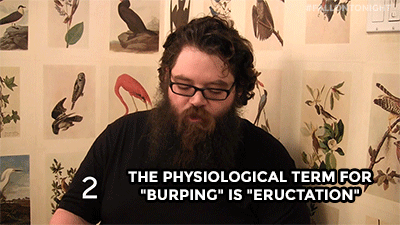
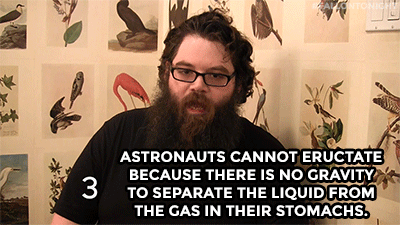
And Kevin even hung out backstage to share 8 interesting science facts!
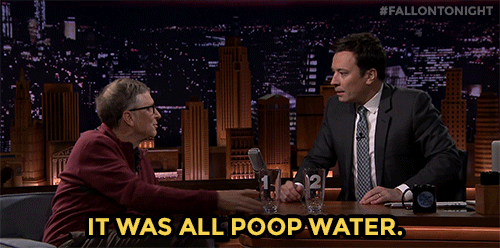
Jimmy and Bill Gates tried poop water.
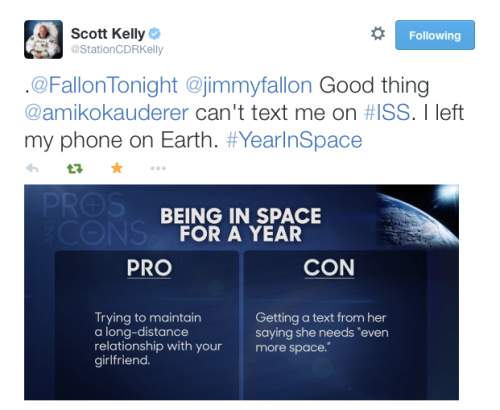
Jimmy, Julia Louis-Dreyfus, and Astronaut Scott Kelly became friends via Twitter!
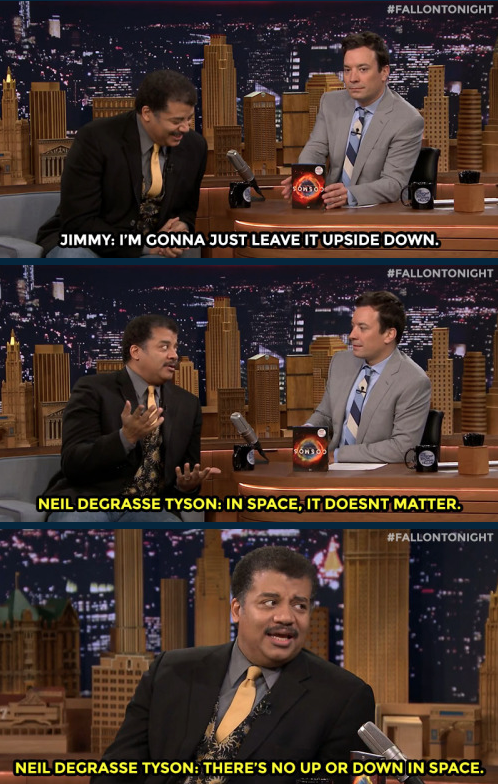
Neil DeGrasse Tyson schooled us on physics!

And we tried to sell Charles Barkley on space travel!
Science rules!
Hope your week is out of this world! - Noah

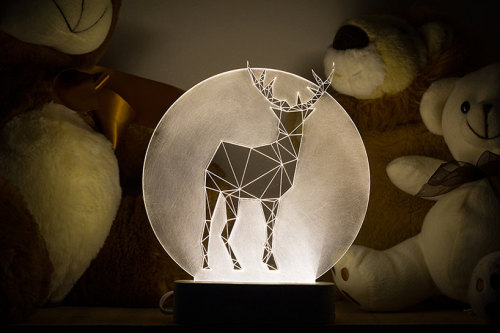
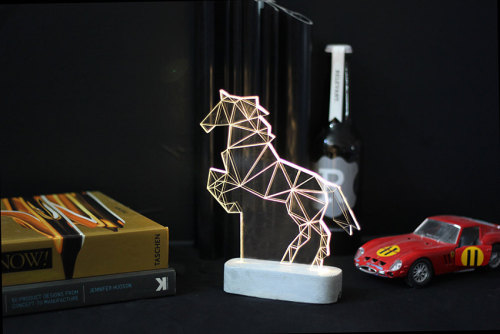
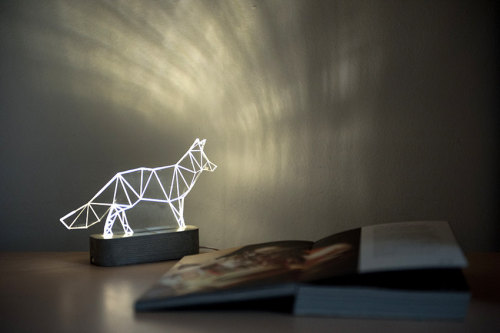
Sturlesi Design creates modern lamps that are simultaneously practical home decor and art objects. Their minimalist design reimagines animals as angular, geometric shapes, with LED lights hidden in their concrete bases. When not in use, these devices look like tiny statues—you’d never realize they’re powerful lamps. See more in the Sturlesi Design Etsy shop.

For more amazing images and posts about how Astronomy is Awesome, check us out!
http://astronomyisawesome.com/
As always, please feel free to ask questions and we love it when you reblog!
#astronomy #space #nasa #hubble space telescope #nebula #nebulae #galaxy


reindeer are the only mammals whose eyes are known to change colour, going from a gold in the summer, when the sun is a constant presence in the arctic, to a less reflective blue in the near perpetually dark winter months.
in dark conditions, muscles in your irises contract to dilate your pupils and allow more light into your eyes. when it’s bright again, the irises widen and the pupils shrink. the same thing happens in reindeer, but the arctic winter forces their pupils dilate for months at a time.
this constant effort to stay dilated ends up blocking the small vessels that drain fluid out of the eyes, which causes pressure to build up. this in turn compresses the collagen fibers that make up tapetum - a mirrored layer that sits behind the retina (seen in the second photo).
when compressed, these fibers in the eye reflect blue wavelengths of lights instead of the yellow which accompanies a typical spacing of the fibers, as in summer. (photos x, x)
This is wonderful.
via Phil Plait
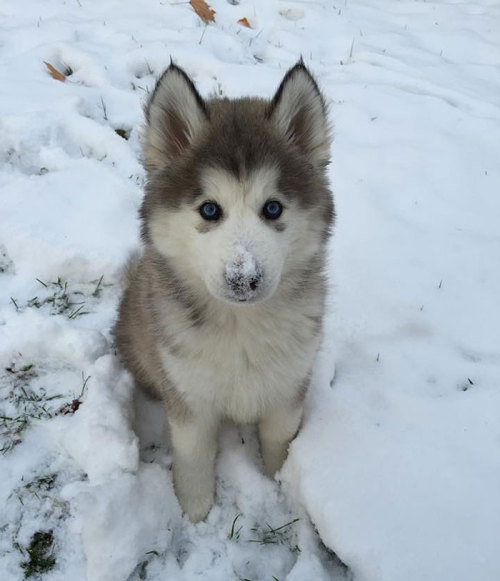
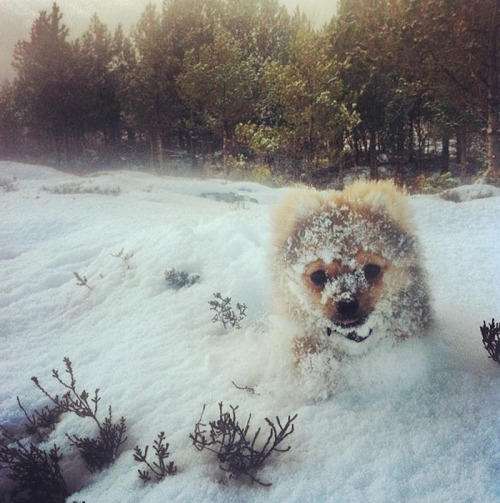
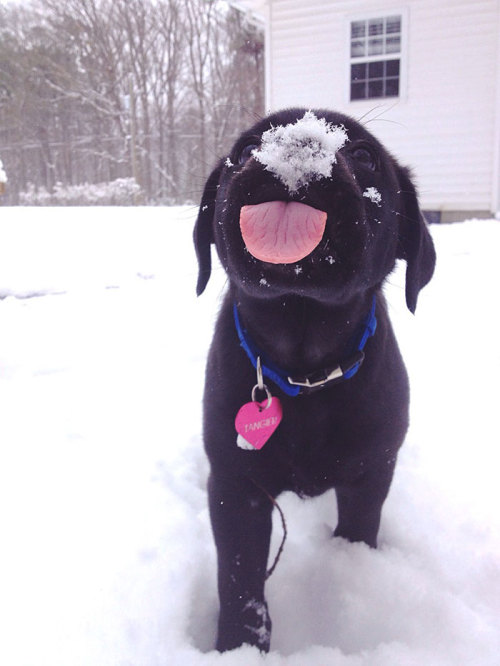
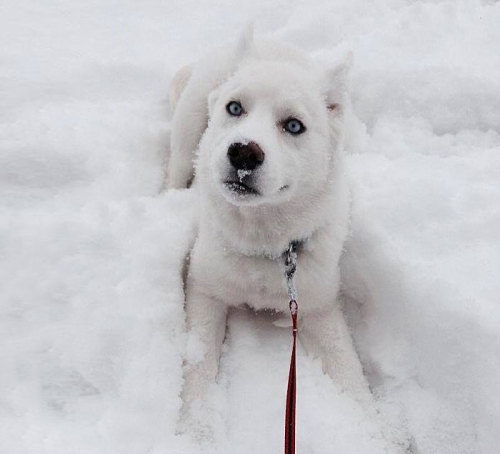
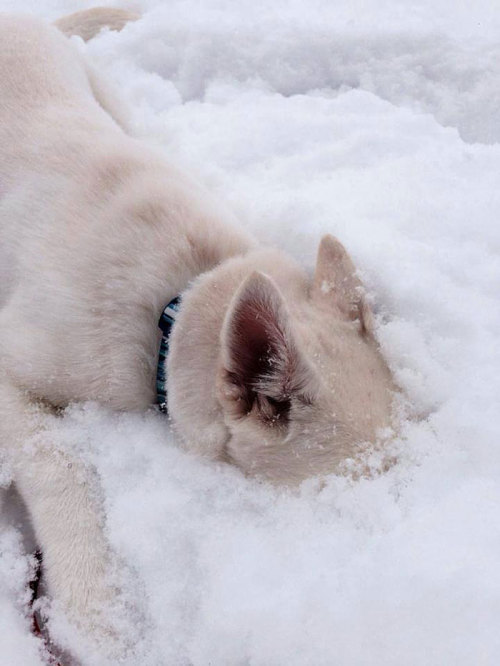
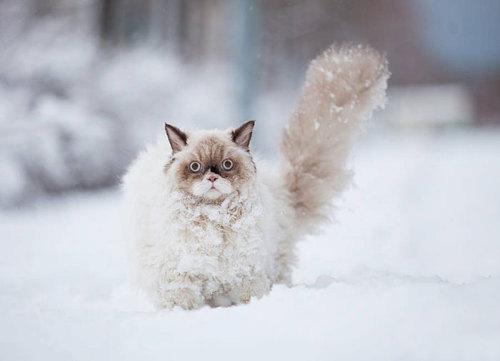
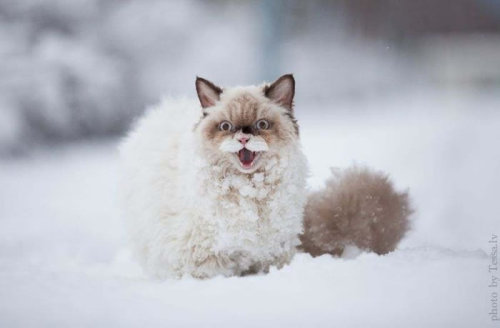
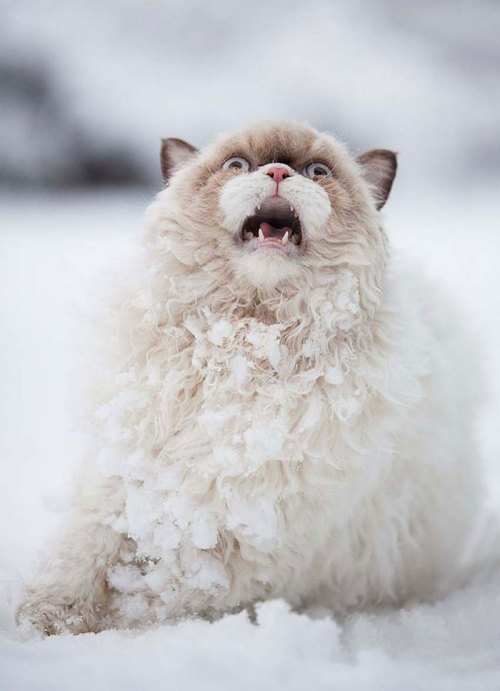
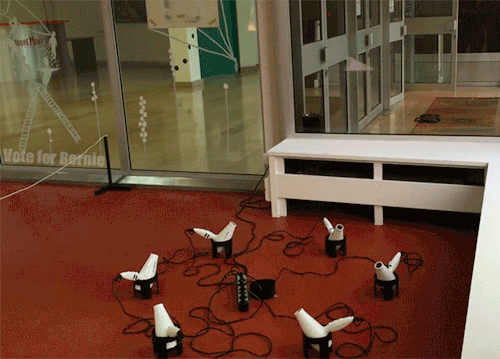
When engineers are bored.
-
 redbreastedboys reblogged this · 8 years ago
redbreastedboys reblogged this · 8 years ago -
 marzipandox liked this · 8 years ago
marzipandox liked this · 8 years ago -
 literaryartisan liked this · 9 years ago
literaryartisan liked this · 9 years ago -
 lirio-dendron reblogged this · 9 years ago
lirio-dendron reblogged this · 9 years ago -
 cacajao reblogged this · 9 years ago
cacajao reblogged this · 9 years ago -
 alesshood liked this · 9 years ago
alesshood liked this · 9 years ago -
 copannan reblogged this · 9 years ago
copannan reblogged this · 9 years ago -
 faunmoss liked this · 9 years ago
faunmoss liked this · 9 years ago -
 scienceforthedragon-blog liked this · 9 years ago
scienceforthedragon-blog liked this · 9 years ago -
 meereschristophers reblogged this · 9 years ago
meereschristophers reblogged this · 9 years ago -
 sleepyheathen reblogged this · 9 years ago
sleepyheathen reblogged this · 9 years ago -
 dragonengine reblogged this · 9 years ago
dragonengine reblogged this · 9 years ago -
 icriedallsummer liked this · 9 years ago
icriedallsummer liked this · 9 years ago -
 dragonengine liked this · 9 years ago
dragonengine liked this · 9 years ago -
 captain-acab reblogged this · 9 years ago
captain-acab reblogged this · 9 years ago -
 thatqueerwerewolf liked this · 9 years ago
thatqueerwerewolf liked this · 9 years ago -
 what-a-daringdream-blog reblogged this · 9 years ago
what-a-daringdream-blog reblogged this · 9 years ago -
 becausethesoupisgettingcold liked this · 9 years ago
becausethesoupisgettingcold liked this · 9 years ago -
 rakshar reblogged this · 9 years ago
rakshar reblogged this · 9 years ago -
 rakshar liked this · 9 years ago
rakshar liked this · 9 years ago -
 forgotn1 reblogged this · 9 years ago
forgotn1 reblogged this · 9 years ago -
 rschoenbauer liked this · 9 years ago
rschoenbauer liked this · 9 years ago -
 lunarbear liked this · 9 years ago
lunarbear liked this · 9 years ago -
 smartler reblogged this · 9 years ago
smartler reblogged this · 9 years ago -
 carrotcupcake reblogged this · 9 years ago
carrotcupcake reblogged this · 9 years ago -
 liobits reblogged this · 9 years ago
liobits reblogged this · 9 years ago -
 ilikethewayyoumove liked this · 9 years ago
ilikethewayyoumove liked this · 9 years ago -
 inconsistentlymental liked this · 9 years ago
inconsistentlymental liked this · 9 years ago -
 minnesbeta liked this · 9 years ago
minnesbeta liked this · 9 years ago -
 shamans-blues reblogged this · 9 years ago
shamans-blues reblogged this · 9 years ago -
 gnoshferatu reblogged this · 9 years ago
gnoshferatu reblogged this · 9 years ago -
 devourer-of-acetone reblogged this · 9 years ago
devourer-of-acetone reblogged this · 9 years ago -
 lament-of-ajna liked this · 9 years ago
lament-of-ajna liked this · 9 years ago -
 dudeyourelame reblogged this · 9 years ago
dudeyourelame reblogged this · 9 years ago -
 alxndrasplace reblogged this · 9 years ago
alxndrasplace reblogged this · 9 years ago -
 kittiescatscats liked this · 9 years ago
kittiescatscats liked this · 9 years ago -
 thewizardofweird liked this · 9 years ago
thewizardofweird liked this · 9 years ago -
 chemist-at-heart liked this · 9 years ago
chemist-at-heart liked this · 9 years ago -
 chemist-at-heart reblogged this · 9 years ago
chemist-at-heart reblogged this · 9 years ago -
 i-shouldnt-have-done-that liked this · 9 years ago
i-shouldnt-have-done-that liked this · 9 years ago -
 2000link liked this · 9 years ago
2000link liked this · 9 years ago